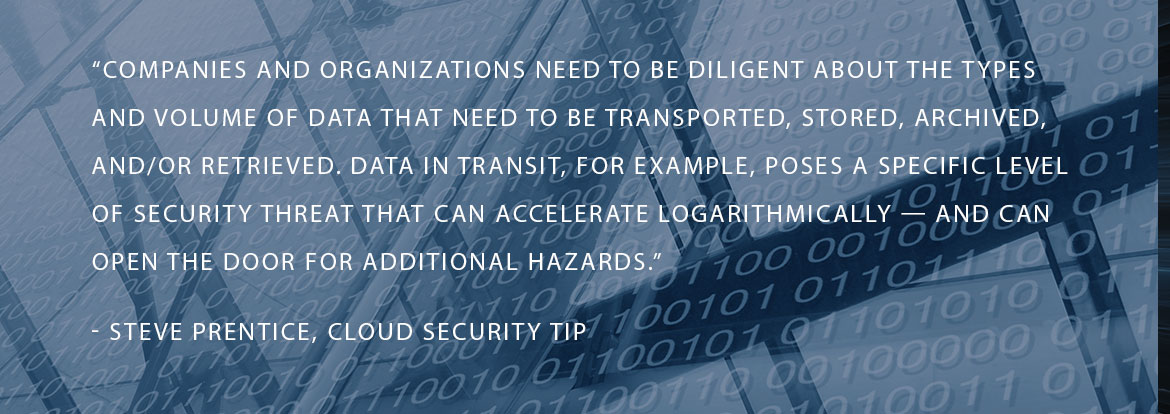Harnessing Data Management to Improve Data Security
Recap from the July 11th, 2019 CISO/Security Vendor Relationship Podcast
by Lydia Pert
It is easy to underestimate the importance of data management — many business leaders think they can put some basic security measures around their data and call it a day. But how the data is collected, stored, and disseminated is just as important as the security measures around it. Steve Prentice explained in the latest Cloud Security Tip, “Data management requires oversight, control, and governance. The more data — and daily data flow — one has, the greater the potential for misuse, redundancy, errors, and costly maintenance.” Without appropriate data management, organizations are more likely to fall victim to costly breaches.
Data security facts:
- Sensitive records are stolen every 44 seconds.
- The average breach costs more than $150 million.
- The US is the #1 target for cyber attacks.
- The US will account for 50% of breached data by 2023.
- Only 38% of organizations are prepared to handle a breach.
Data Management Best Practices
Cybersecurity and deep data science are rarely combined in organizations, which means data management isn't typically paired with cybersecurity. Business leaders need to know: weak data leads to weak results. This often means false positives, higher risk of attack, and greater loss from breaches. But strong data management improves overall cybersecurity initiatives. Take action today with these five steps from SAS to improve data management:
- Catalog data sources. Cataloging resources allows consistent retrieval of information and increased quality and accuracy of the data — and provides a more complete picture of the data so that cybersecurity professionals know how to better protect it.
- Get the right tools. The right tools and platforms in place will allow cybersecurity professionals to have greater visibility over the data. Not only will they see if a breach occurs, but they will also be able to easily see how far reaching the breach really was.
- Establish relationships. It’s easy for many IT and cybersecurity professionals to place themselves in a bubble — but it’s important for them to connect and engage with their counterparts in other departments to exchange ideas and gain new knowledge.
- Stay flexible. Cybersecurity is constantly changing and evolving, and so is the data organizations collect and use. What is cutting-edge today could be obsolete tomorrow, and organizations need to be willing to adapt to stay on top of all the different changes.
- Fill the skills gap. Collecting and storing data takes a specific skill set — and querying, analyzing, augmenting, and combining data takes an entirely different skillset. Neglecting the second skill-set can negatively impact business initiatives.

Wrapping it Up
Data security is crucial to every business, and data management is an essential part of that security. Appropriate data management helps prevent vital information from being lost inside the organization, and it can help protect employees and companies from various losses, thefts, and breaches.
It is ultimately a topic of strategy for organizational leaders and the IT department to prioritize and collaborate on. They need to identify the most important data sets, and assign the appropriate resources to ongoing maintenance. At the end of the day, leveraging data management in a cybersecurity context creates a stronger line of defense, and secures organizations most valuable resources — the data.
In addition to strong data management practices, businesses can apply OpenVPN Access Server to increase overall data security. OpenVPN Access Server is a set of installation and configuration tools designed specifically for businesses. Access Server is free to install and use for a maximum of 2 simultaneous VPN connections, so you can try it without having to pay first.


